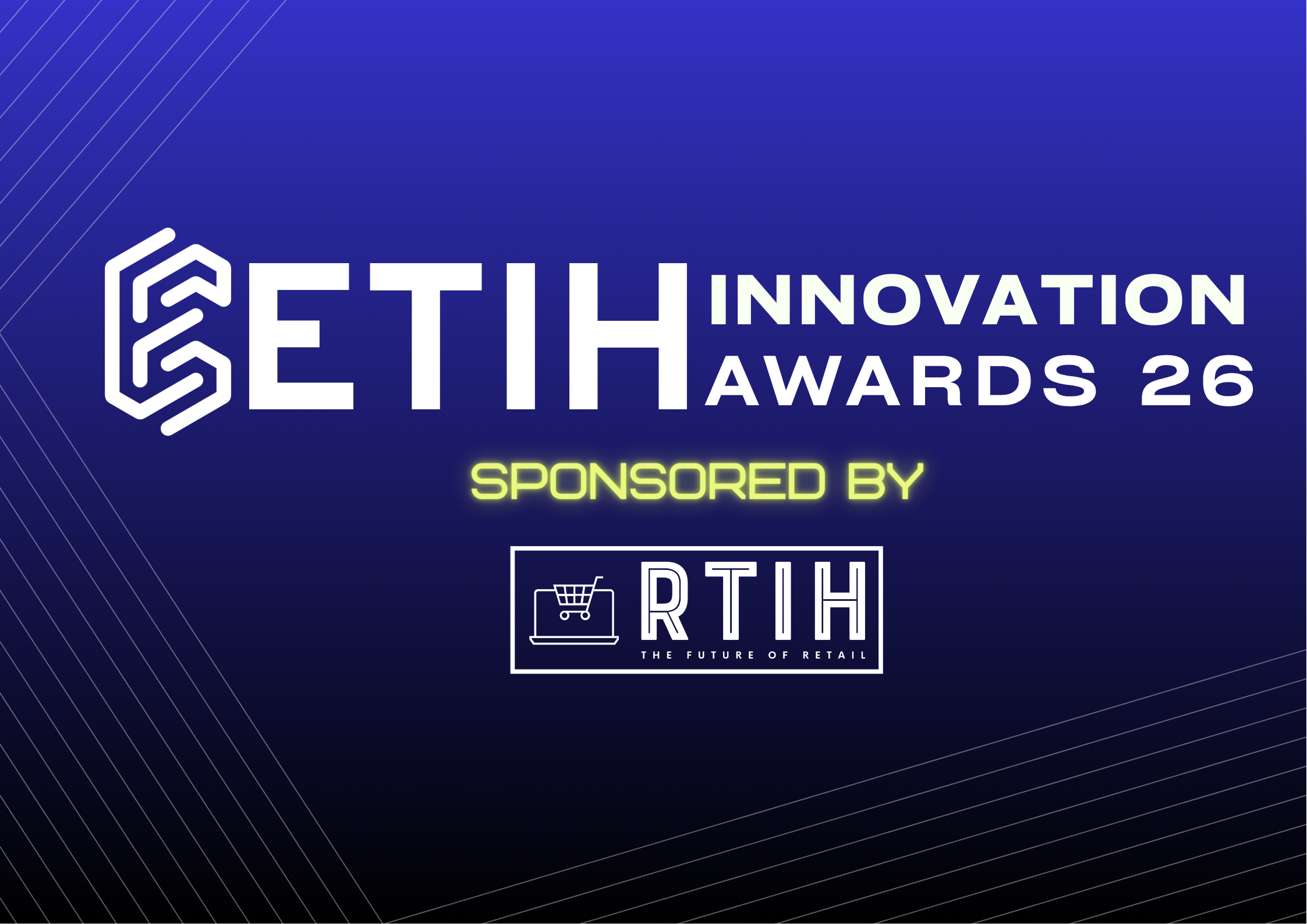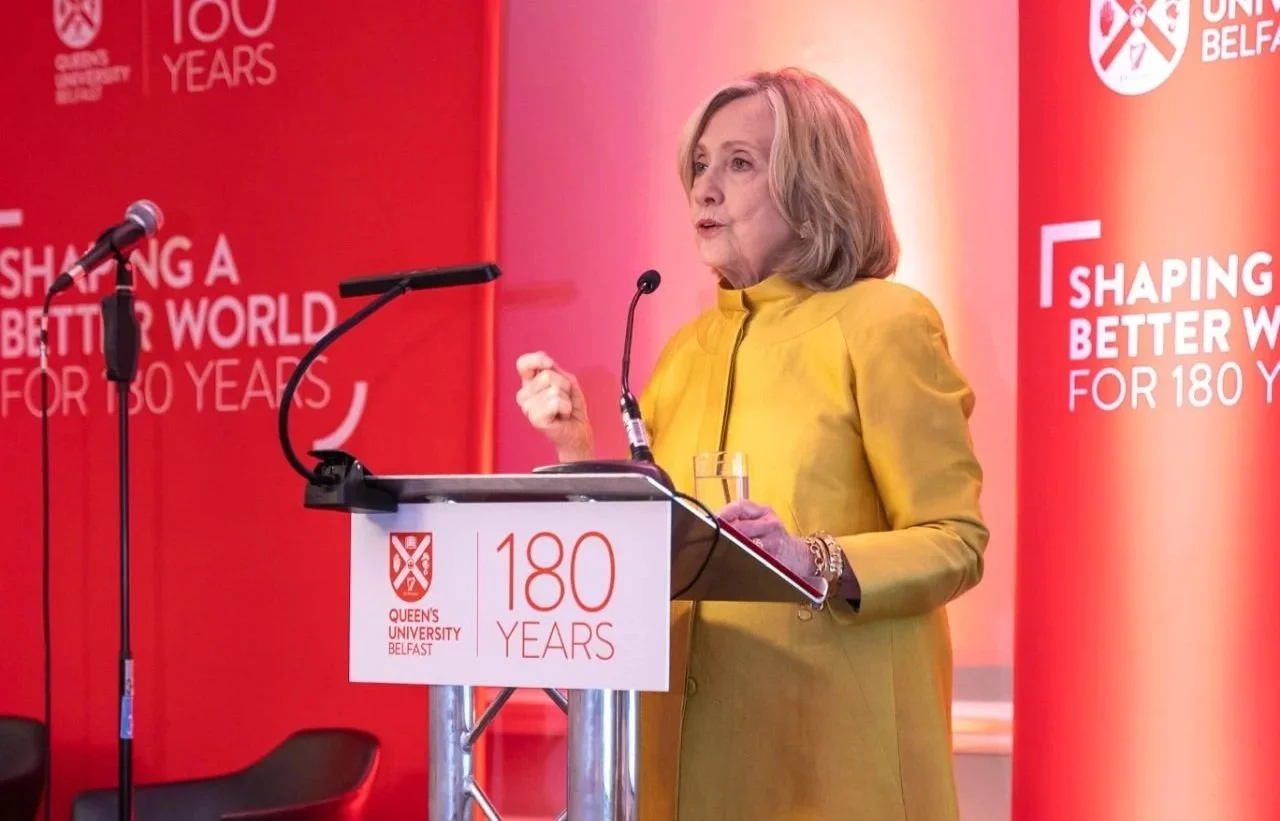NYU chief AI architect Conor Grennan explores immersive learning with ChatGPT
In a LinkedIn post, Conor Grennan, chief AI architect at NYU Stern, outlines how he and his son are using ChatGPT to create personalized, story-rich learning experiences.

Photo credit: Conor Grennan
A recent LinkedIn post from OpenAI Global Affairs highlights how Conor Grennan, chief AI architect at New York University’s Stern School of Business and CEO of consulting firm AI Mindset, is working with his son to explore the educational potential of ChatGPT.
Grennan, who combines an academic career with extensive training work, demonstrates how conversational AI can support teachers while making lessons more engaging for students. His experiments show how abstract material can be transformed into personalized and memorable experiences.
In one classroom scenario, Grennan’s 16-year-old son Finn used ChatGPT to study German immigration into New York in the mid-1800s. The model role-played as “Heinrich,” a fictional immigrant from Düsseldorf, allowing Finn to experience history as if he were living it, stepping off the boat in Manhattan, navigating crowded streets, and looking for work in the meatpacking district.
“It never occurred to me that people could embed themselves in history like that,” says Grennan. “It’s just a crazy and amazing thing.”
Grennan says the exercise helped Finn remember the lesson as if it were a film scene, shifting from rote memorization to a more immersive approach.
Expanding experimentation with AI
Beyond history, the pair tested similar approaches in other subjects. One teacher collaborated with them to turn cell biology into a Marvel-style storyline, while another scenario reimagined Hamlet as a conversation in a Brooklyn coffee shop.
“For the first time in thousands of years, we have an opportunity to change how our young people learn,” Grennan says. “We can create sticky, story-rich learning environments. Because this technology brings things to life.”
Grennan sees the main advantage as personalization. He argues that traditional classrooms—one teacher for 25 students—make it difficult to tailor lessons to individuals, but AI can fill that gap.
“We still teach from the front of the room, one teacher for 25 students, hoping it works for everyone,” Grennan says. “Education couldn’t be personalized before because it wasn’t practical. It would put a huge strain on the teacher. But if you could [personalize education], my guess is the students would learn better.”























